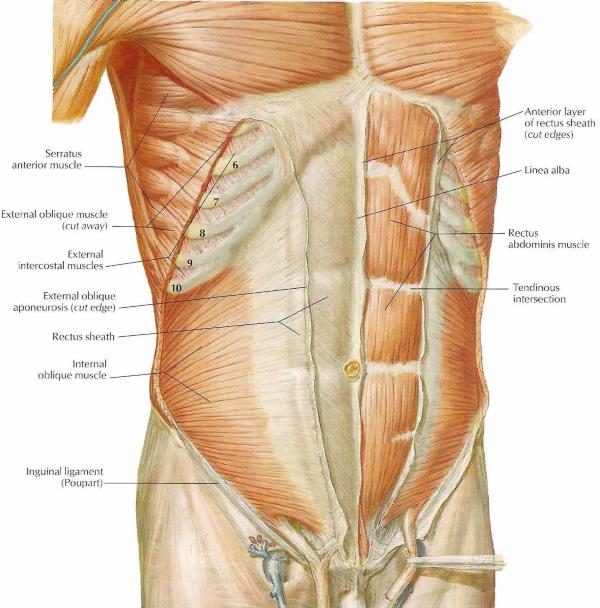Why is Pilates Exercise suited to the Equestrian Athlete? - Centre
Why is Pilates Exercise suited to the Equestrian Athlete?
“Pilates: a system of exercises using special apparatus, designed to improve physical strength, flexibility, and posture, and enhance mental awareness” ` The Oxford Dictionary 2013
Horse riding requires muscular endurance, spinal stability and mobility dependant on the phase of gait of the horse, control and co-ordination of muscular activation and ultimately awareness of the rider’s body and the rider’s influence on the horse’s movement.
Pilates and in particular EQUESTRIAN PILATES® address these requirements in full. So let's investigate how these exercises can assist you in becoming a better rider.
Over the next few months I will introduce to you each Pilate’s principle and explain how they relate to the Equestrian Athlete and provide a simple exercise for you to try that addresses this principle.
1. Pilates Principle: Centre
Pila tes begins with ‘Centre’ also known as ‘core’. ‘Centre’ refers to several muscles within the abdominal wall that you may have never heard of – the Diaphragm, Tranverse Abominis (TVA/TABs), Lumbar Multifidus & Pelvic Floor. These muscles work together to increase the stability of the spine and it is important to realise that they should only work as much as they need to dependant on the load exerted on the spine.
tes begins with ‘Centre’ also known as ‘core’. ‘Centre’ refers to several muscles within the abdominal wall that you may have never heard of – the Diaphragm, Tranverse Abominis (TVA/TABs), Lumbar Multifidus & Pelvic Floor. These muscles work together to increase the stability of the spine and it is important to realise that they should only work as much as they need to dependant on the load exerted on the spine.
This then indicates that the more superficial muscles of the ‘centre’ commonly known as the core, such as the rectus abdominus, erector spinae and internal and external oblique should only activate as the load on the spine dictates is necessary. If the load increases as it can during horse riding, especially as the gait speed and movement becomes harder to balance to, then this ‘centre’ will allow us to co-ordinate the contractions of these muscles, allowing us to follow the horses motion. (Terada et al, 2006)
This ‘Centre’ is also what allows us to have an ‘independent’ seat. In literature it is what is called a disassociation of the limb from the core. In order for a rider to have a still and steady seat, we must have a  strong and stable spine from which to work from. Our arms and shoulder girdle need to be able to move freely and efficiently in order for the wrist to remain stable and a constant contact on the rein to be achieved. Terada et al (2006) calls this the hallmark of an independent seat. Therefore our legs should to be able to move independently of our seat as well.
strong and stable spine from which to work from. Our arms and shoulder girdle need to be able to move freely and efficiently in order for the wrist to remain stable and a constant contact on the rein to be achieved. Terada et al (2006) calls this the hallmark of an independent seat. Therefore our legs should to be able to move independently of our seat as well.
Novice Riders utilise the inner thigh muscles to assist in maintaining posture as there is a lack of co-ordination between the rectus abdominus and the erector spinae (Terada et al, 2004), therefore we can ascertain that an increase in ‘centre’ strength and awareness of how these muscles support the spine can ultimately improve this co-ordination.
So how can you improve the strength of your ‘centre’?
We can learn how to activate the deep abdominals’ effectively, both independently of one another and in conjunction with one another with guidance from a trained movement specialist. Then we can add movement of the limbs to facilitate the reactive aspect of these muscles.
Below is a simple exercise that will assist in developing this deep core strength, the reactivity of these muscles in the support of our spine and in stabilising our pelvis/seat.
Single Leg Lifts

Set Up:
Lying on your back, feet on the mat, toes & heels aligned with the hips, in a neutral spine position and the deep core engaged throughout the movement. Shoulders drawn back and down, chin tucked in.
- Breathe in to lift one knee towards your chest to 90degrees, aiming to maintain a still and steady pelvis without rotation.
- Breathe out to lower the foot back to the mat touching your toes first then your heels.
- Repeat to the opposite side. Aim to complete 5 times with each leg, alternating throughout.
The Aim:
During this exercise we aim to maintain a ‘neutral’ spinal position. This position is the optimum alignment of your spine for the greatest control and range of movement to be achieved. The hip bones sit level, equally weighted at the buttocks and the lumbar spine slightly extended. Ribs soft (not sticking out) so that the ribcage spreads open behind you onto the mat and the shoulders remain open.
Once in this neutral position we activate the ‘centre’ to assist in maintaining it during the exercise, preventing unwanted movement of the spine or pelvis.